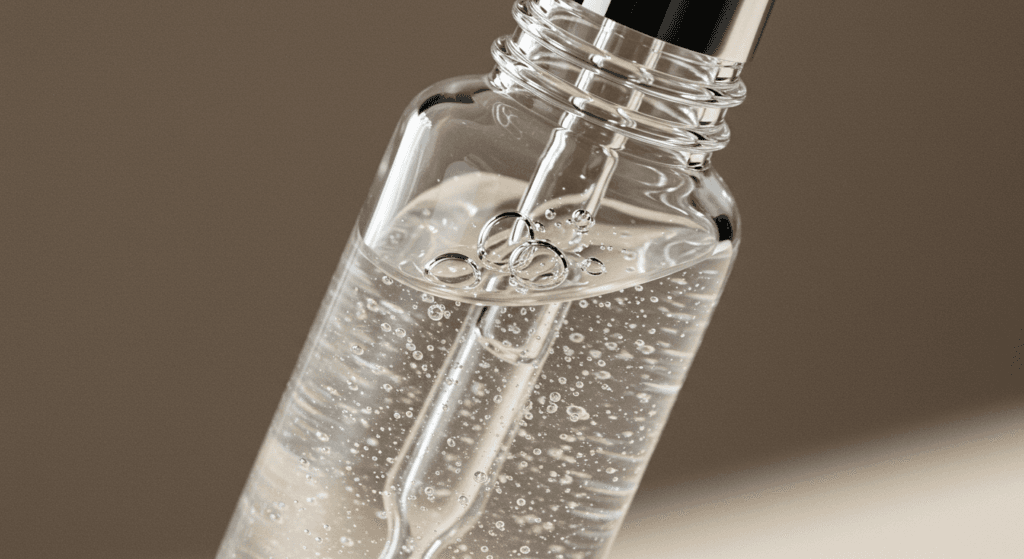Acne scars, a common aftermath of acne breakouts, can significantly impact one’s self-esteem and confidence. While complete scar eradication is often challenging, various treatments aim to minimize their appearance. Salicylic acid, a popular skincare ingredient, is frequently touted for its potential scar-reducing properties. This article will delve into the science behind acne scar formation, explore salicylic acid’s mechanism of action, and discuss its limitations in treating these persistent blemishes.

Understanding Acne Scar Formation
Acne scars result from the body’s healing process after inflammatory acne lesions. The severity of the scar depends on the depth and extent of the initial damage to the skin. Inflammatory acne, characterized by papules, pustules, and nodules, is more likely to lead to scarring than non-inflammatory acne (comedones). The inflammatory response itself can disrupt collagen and elastin production, the proteins responsible for skin’s structure and elasticity.
Different types of acne scars exist, including atrophic (depressed) scars like ice pick, boxcar, and rolling scars; and hypertrophic (raised) scars. Atrophic scars are the most common and result from a loss of tissue volume, leaving behind pitted or indented marks. Hypertrophic scars, on the other hand, occur when excessive collagen is produced during healing, leading to raised, thickened skin. The type of scar significantly influences treatment options and expected outcomes.
The depth and width of the scar also play a crucial role in determining treatment success. Superficial scars, affecting only the epidermis (outer skin layer), are generally easier to treat than deeper scars that extend into the dermis (middle skin layer) or even the subcutaneous tissue (fat layer). Factors like genetics, skin type, and the individual’s healing response also contribute to scar formation and its response to treatment.
Understanding the specific type and severity of your acne scars is crucial for selecting the most appropriate treatment strategy. Consulting a dermatologist is recommended for a proper diagnosis and personalized treatment plan, as various approaches may be necessary for optimal results.

Salicylic Acid: A Closer Look
Salicylic acid is a beta-hydroxy acid (BHA) derived from willow bark. It’s a keratolytic agent, meaning it helps to exfoliate the skin by breaking down the bonds between dead skin cells. This exfoliating action is crucial for improving skin texture and reducing the appearance of certain types of acne scars. Its lipophilic nature allows it to penetrate the pores effectively, making it particularly useful in treating acne and preventing future breakouts.
Beyond its exfoliating properties, salicylic acid possesses anti-inflammatory effects. This helps to reduce redness and swelling associated with acne lesions and potentially minimizes the risk of future scarring. It also exhibits comedolytic activity, meaning it helps to prevent the formation of comedones (blackheads and whiteheads), which can lead to more severe acne and scarring. These combined actions make it a valuable component in many acne treatments.
Salicylic acid is available in various concentrations over-the-counter in cleansers, toners, serums, and spot treatments. Higher concentrations (up to 2%) are typically found in prescription-strength formulations. It’s important to note that individual skin tolerance varies, and starting with a lower concentration and gradually increasing it is advisable to minimize potential irritation.
The effectiveness of salicylic acid depends on the concentration, the formulation, and the consistency of use. While it can significantly improve skin texture and reduce the appearance of mild acne scars, its efficacy is limited for deeper, more severe scars.
How Salicylic Acid Treats Scars
Salicylic acid primarily addresses acne scars by promoting exfoliation and cell turnover. By removing the outermost layer of dead skin cells, it helps to improve skin texture and reduce the appearance of superficial scars. This process can make mild acne scars less noticeable, improving skin tone and reducing discoloration. The improvement is often gradual and requires consistent use over several weeks or months.
The anti-inflammatory properties of salicylic acid can also play a role in scar reduction. By reducing inflammation, it may help to minimize the redness and swelling associated with acne scars, leading to a more even skin tone. However, it’s important to remember that salicylic acid does not directly stimulate collagen production, a key element in the healing of deeper scars.
For superficial acne scars, salicylic acid can be a valuable component of a comprehensive skincare routine. It can be used in conjunction with other treatments, such as retinoids or chemical peels, to enhance its effectiveness. However, it’s crucial to use salicylic acid appropriately and avoid over-exfoliation, which can lead to skin irritation, dryness, and even further damage.
Ultimately, salicylic acid’s impact on acne scars is most significant for mild, superficial scars. For deeper or more severe scars, more aggressive treatments like microneedling, laser therapy, or fillers may be necessary to achieve noticeable improvement.
Limitations and Expected Results
Salicylic acid is not a miracle cure for acne scars. Its effectiveness is limited, particularly for deep, atrophic scars (ice pick, boxcar, rolling). While it can improve the texture and appearance of superficial scars, it won’t significantly alter the depth or shape of deeper scars. For these, more invasive procedures are generally required.
Results may vary depending on individual skin type, scar severity, and consistency of use. While some individuals may see noticeable improvement within a few weeks, others may require several months of consistent use to observe any significant changes. Patience and realistic expectations are crucial for successful treatment.
Over-exfoliation with salicylic acid can lead to irritation, dryness, redness, and even increased sensitivity to sunlight. It’s essential to use salicylic acid products as directed and avoid overuse. Sun protection is also critical, as exfoliation can make the skin more susceptible to sun damage.
For optimal results, consider combining salicylic acid with other skincare ingredients and treatments. A dermatologist can help create a personalized plan that addresses your specific scar type and skin concerns, potentially including retinoids, chemical peels, or other advanced therapies.
Salicylic acid can be a helpful component in managing mild acne scars, improving skin texture and reducing discoloration. However, its effectiveness is limited for deeper scars. For optimal results, a comprehensive approach that may include other treatments and a consultation with a dermatologist is recommended to determine the most appropriate treatment strategy for your individual needs and scar type. Remember to always practice sun protection when using exfoliating treatments.
Discover the expertise of Dr. Ebru Okyay, your trusted dermatologist in Antalya. Whether you’re looking to address medical skin concerns or enhance your natural beauty with cosmetic treatments, Dr. Okyay is here to help. With personalized care and advanced techniques, achieving your skin goals has never been easier.
